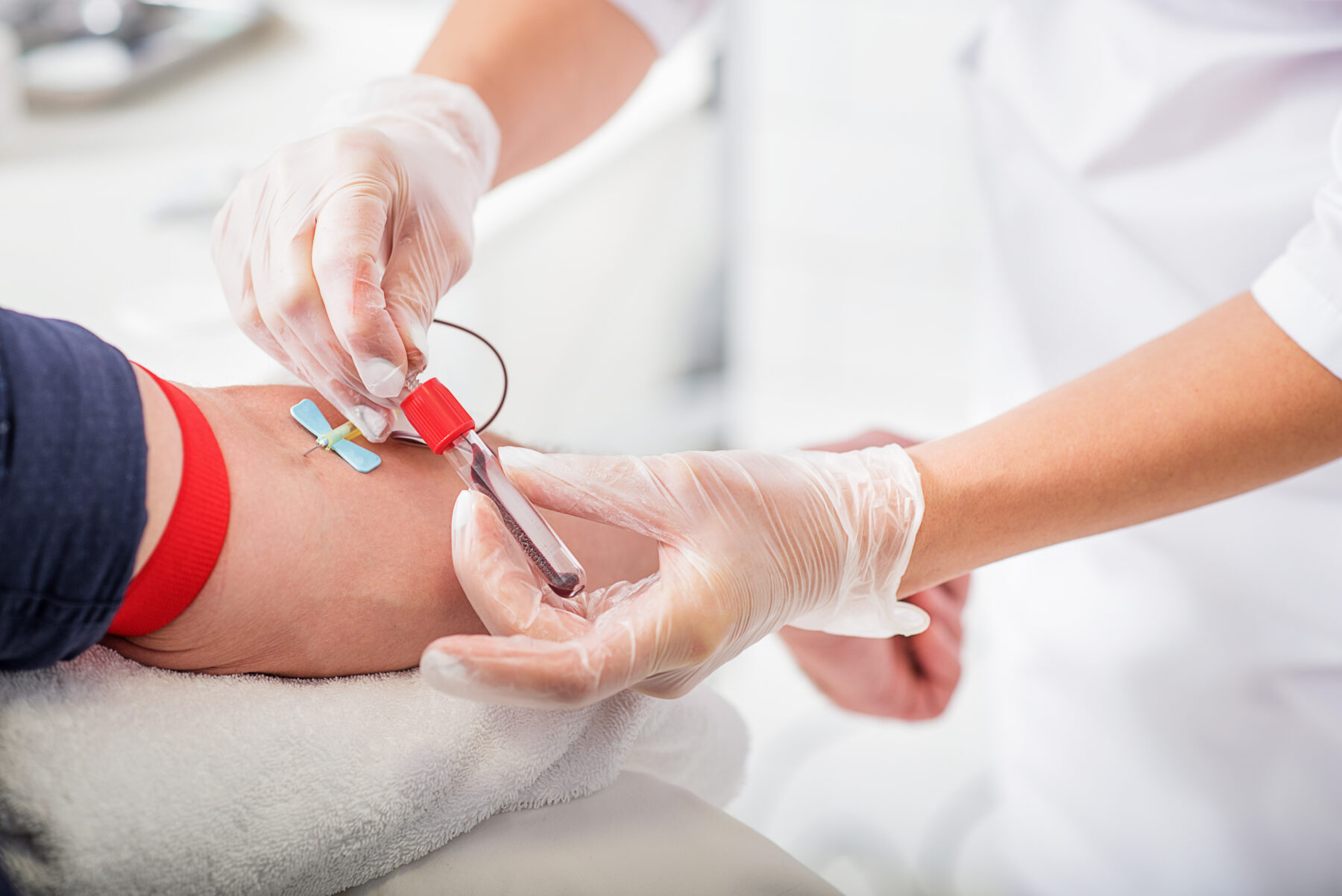
The exhaustion didn’t feel normal. It wasn’t solved by coffee or sleep. It settled deep. My legs ached after walking short distances. I lost focus in conversations. I thought I was just tired. Bloodwork told a different story. My red cells were low. A transfusion was no longer optional.
My hemoglobin dropped so fast I didn’t notice until it became dangerous
One day I was at work. The next I couldn’t walk up stairs. I ignored the dizziness. I dismissed the shortness of breath. Then I nearly fainted in the kitchen. That’s when they ran tests. My hemoglobin had fallen sharply. A transfusion was scheduled within hours. The urgency didn’t sink in until later.
The bag beside me was someone else’s silent act of kindness
It was a clear plastic bag with deep red fluid. It didn’t look special. But it carried someone else’s donation. I couldn’t thank them. Didn’t know their name. But they gave without knowing who it might help. Their small decision reached my hospital bed when I needed it most.
I didn’t realize blood could be broken down into parts
They asked what type of transfusion I needed. Whole blood wasn’t the only option. There were red cells, platelets, plasma. Each served a purpose. My body lacked oxygen-carrying red cells. That’s what I received. But someone else down the hallway needed platelets to prevent bleeding. One donation helps more than one person.
The nurse explained every step with calm and precision
Nothing was rushed. Labels were checked, crossmatch confirmed, vitals taken again. A slow drip began. I didn’t feel much. Just a quiet cold spreading up my arm. The nurse stayed nearby. Her presence mattered. Her calm gave structure to something that could have felt frightening. She’d done this hundreds of times.
I had never thought about blood types until mine became critical
I learned I was O positive. That mattered. Not all types mix. Giving the wrong one causes reactions. They double-checked compatibility. Antibodies matter. Compatibility is more than matching letters. It’s chemistry. It’s biology. And getting it right is what keeps the transfusion helpful—not harmful.
It wasn’t dramatic, but the change felt like breath returning
No one expects a miracle. But the shift was clear. I sat upright more easily. I could eat again without nausea. The ringing in my ears stopped. Color returned to my cheeks. It didn’t solve everything. But it allowed recovery to begin. That alone made it essential.
Some people need transfusions once; others need them for life
My case was temporary. A crisis. A loss corrected. But others return monthly. Conditions like thalassemia or sickle cell anemia require lifelong support. Their bodies don’t produce enough on their own. Transfusions become a rhythm of survival. Routine doesn’t make it easier—but it makes it possible.
Transfusion reactions aren’t common, but they’re taken seriously
They warned me before starting. Fever. Rash. Back pain. Even anxiety. Not likely—but possible. I watched the drip. I felt the nurse’s presence more than the blood. My reaction didn’t come. But someone else nearby had chills. They paused everything, gave medication, and waited. Vigilance was part of care.
The donation system is built on strangers choosing to help others
There’s no synthetic alternative. Blood must come from people. Voluntarily. Repeatedly. Without direct reward. That generosity forms the foundation of the entire process. Someone sat in a chair for twenty minutes so I could walk again. That fact humbles me every time I remember it.
I kept thinking about the person who made my healing possible
Was it a student? A parent? Someone who donates twice a year, every year? I’ll never know. But their decision intersected with my emergency. I pictured their ordinary day continuing, never knowing what their donation did. That unknown connection stays with me. Quiet, but unforgettable.
